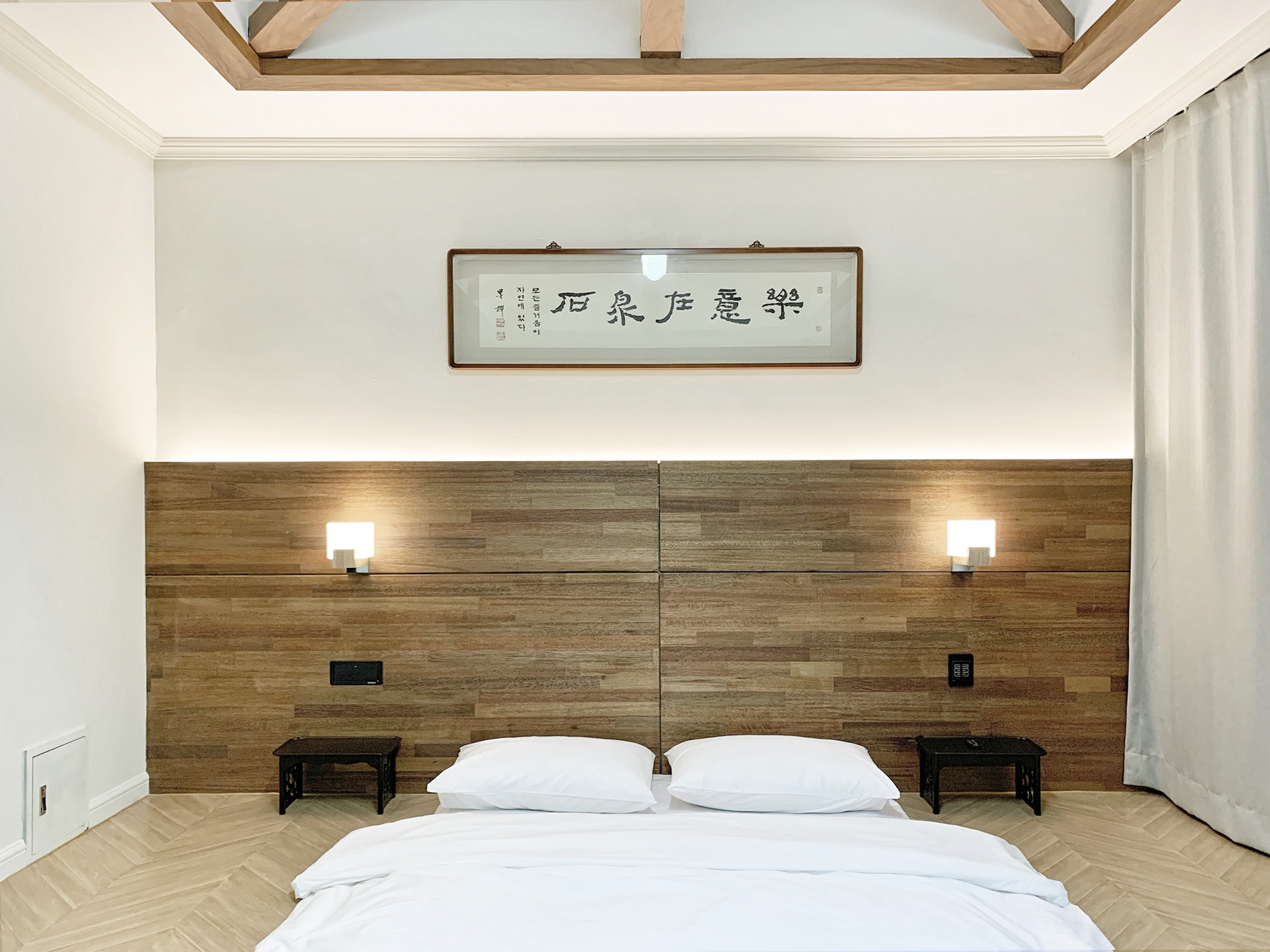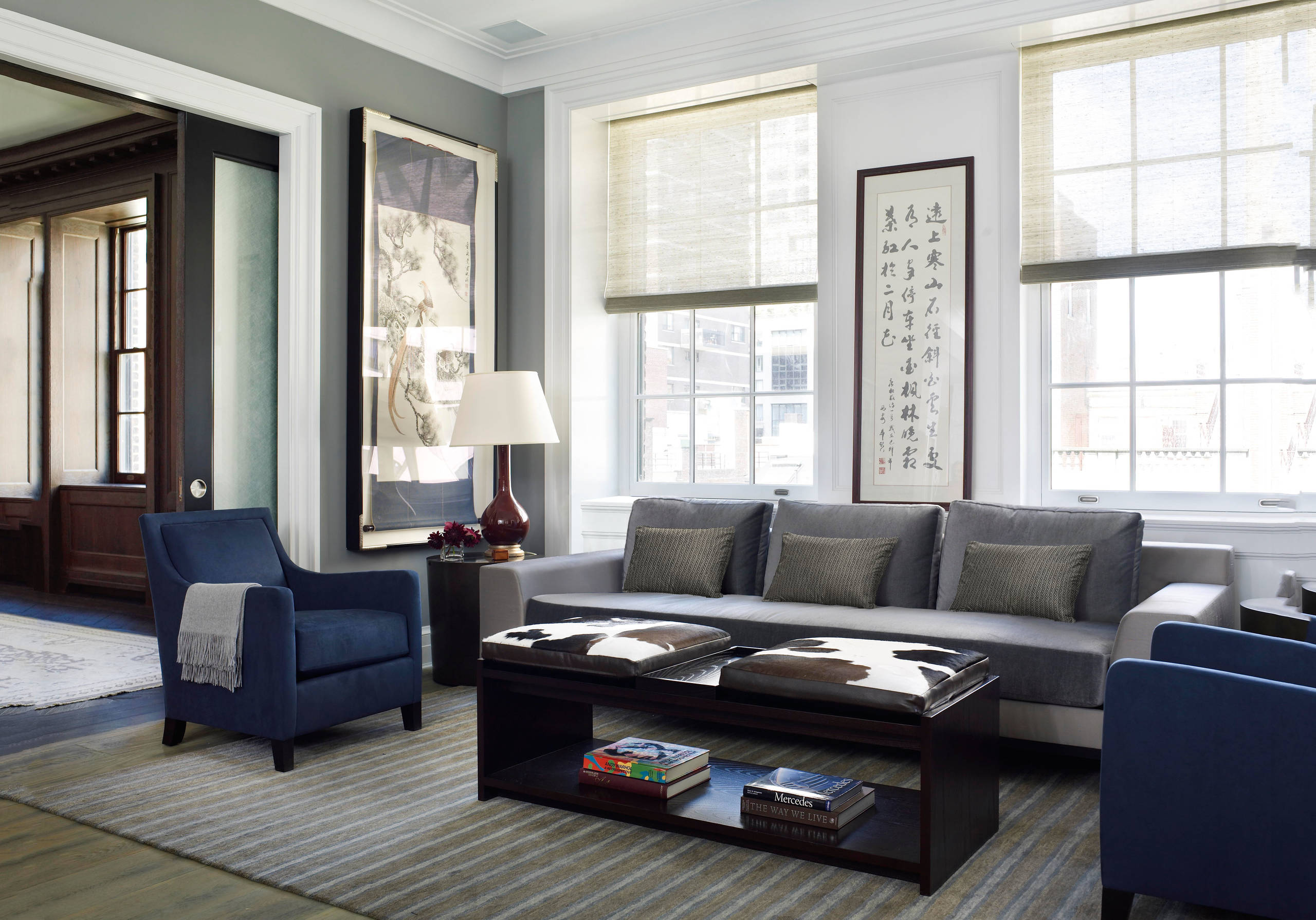Calligraphy, literally "beautiful writing," has been appreciated as an art form in many different cultures throughout the world, but the stature of calligraphy in Asian culture is unmatched. From a very early period, calligraphy was considered not just a form of decorative art; rather, it was viewed as the supreme visual art form, was more valued than painting and sculpture, and ranked alongside poetry as a means of self-expression and cultivation. How one wrote, in fact, was as important as what one wrote. In trying to understand why calligraphy came to occupy such a prominent position, it is useful to consider the features that were prized when calligraphy began to emerge as an art form distinct from mere writing; that is to say, when specimens of handwriting began to be valued, collected, and treated as art.

Spaces-Designed-Interior-Design-Studio
One of the earliest recorded instances concerns the first-century emperor Ming of the Han, who, upon hearing that his cousin was on his deathbed, dispatched a messenger to obtain a piece of his writing before he passed away. By so doing, Emperor Ming was hoping to be able to "commune" with his relative, even after death, through the traces of his personality embodied by his calligraphy. The ability to perform this retracing personalizes the viewing experience and generates in the viewer the sense of interacting or communing with the absent calligrapher.

Casa-Nolita
Calligraphy is present in modern Asia in various ways, as several recent exhibitions of modern Chinese art have demonstrated many contemporary avant-garde artists continue to engage and question the cultural authority associated with the "beautiful writing" of the past two thousand years.

79th-Street-Apartment


